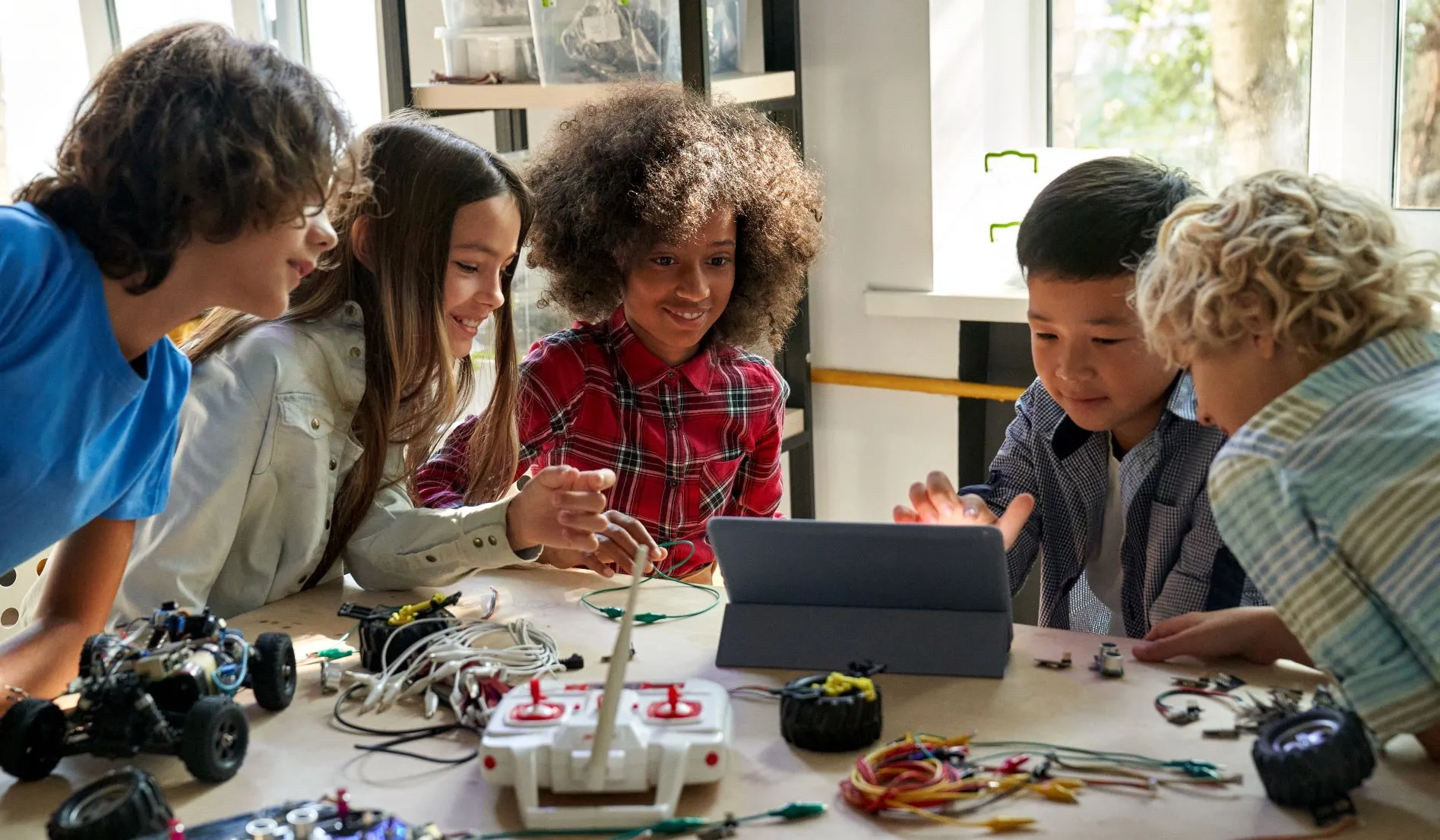In today’s dynamic world, education goes beyond the classroom walls. While traditional teaching methods have their merits, they may fall short in nurturing holistic student engagement. This blog explores strategies that transcend conventional learning approaches, aiming to cultivate lifelong learners who thrive in various aspects of life.
I. Understanding Holistic Student Engagement
Holistic student engagement encompasses more than just academic performance. It involves intellectual, emotional, social, and practical participation in the learning process. By engaging students on multiple levels, we foster a genuine passion for learning that extends beyond the classroom.
II. Challenges of Limited Classroom Engagement
Conventional classroom settings often rely on passive learning methods, where students listen and take notes. However, this approach can hinder active participation and critical thinking. Moreover, the gap between theoretical knowledge and its real-world application can lead to disengagement.
III. The Key Pillars of Holistic Engagement
1. Active Learning Strategies Active learning strategies, such as problem-based learning, role-play, debates, and case studies, encourage students to take an active role in their learning journey. By grappling with real-world scenarios and collaborating with peers, they develop critical thinking skills and a deeper understanding of concepts.
2. Experiential Learning Opportunities Hands-on experiences, internships, field trips, and practical projects bridge the divide between theory and practice. Experiential learning provides students with valuable insights into their chosen fields, helping them grasp the application of knowledge in tangible ways.
3. Integration of Technology Technology can revolutionize engagement through interactive platforms, educational apps, and virtual reality simulations. By integrating technology wisely, educators can make learning more captivating while still valuing direct human interaction and real-life experiences.
4. Community and Collaborative Projects Collaborative learning fosters teamwork, communication skills, and a sense of community. Group projects, workshops, and volunteering activities encourage students to work together on real-world challenges, preparing them for collaborative endeavors beyond academia.
5. Emotional and Social Well-being Support Recognizing the link between emotional well-being and engagement, institutions are prioritizing students’ mental health. By providing counseling services, stress management techniques, and emotional support, we create an environment where students feel valued and motivated to learn.
IV. Lifelong Learning: The Outcome of Holistic Engagement
Fostering holistic engagement sets the foundation for lifelong learning. Students exposed to diverse engagement experiences develop curiosity, adaptability, and a growth mindset. These qualities enable them to seek knowledge continuously, both in their chosen careers and personal pursuits.
Takeaway
By embracing holistic student engagement, we transform education into a journey that extends beyond textbooks and lectures. With active learning, experiential opportunities, technology integration, collaborative projects, and emotional support, we equip students to become lifelong learners who thrive in an ever-evolving world. Let’s work together to create environments that inspire curiosity and cultivate holistic engagement for generations to come.

